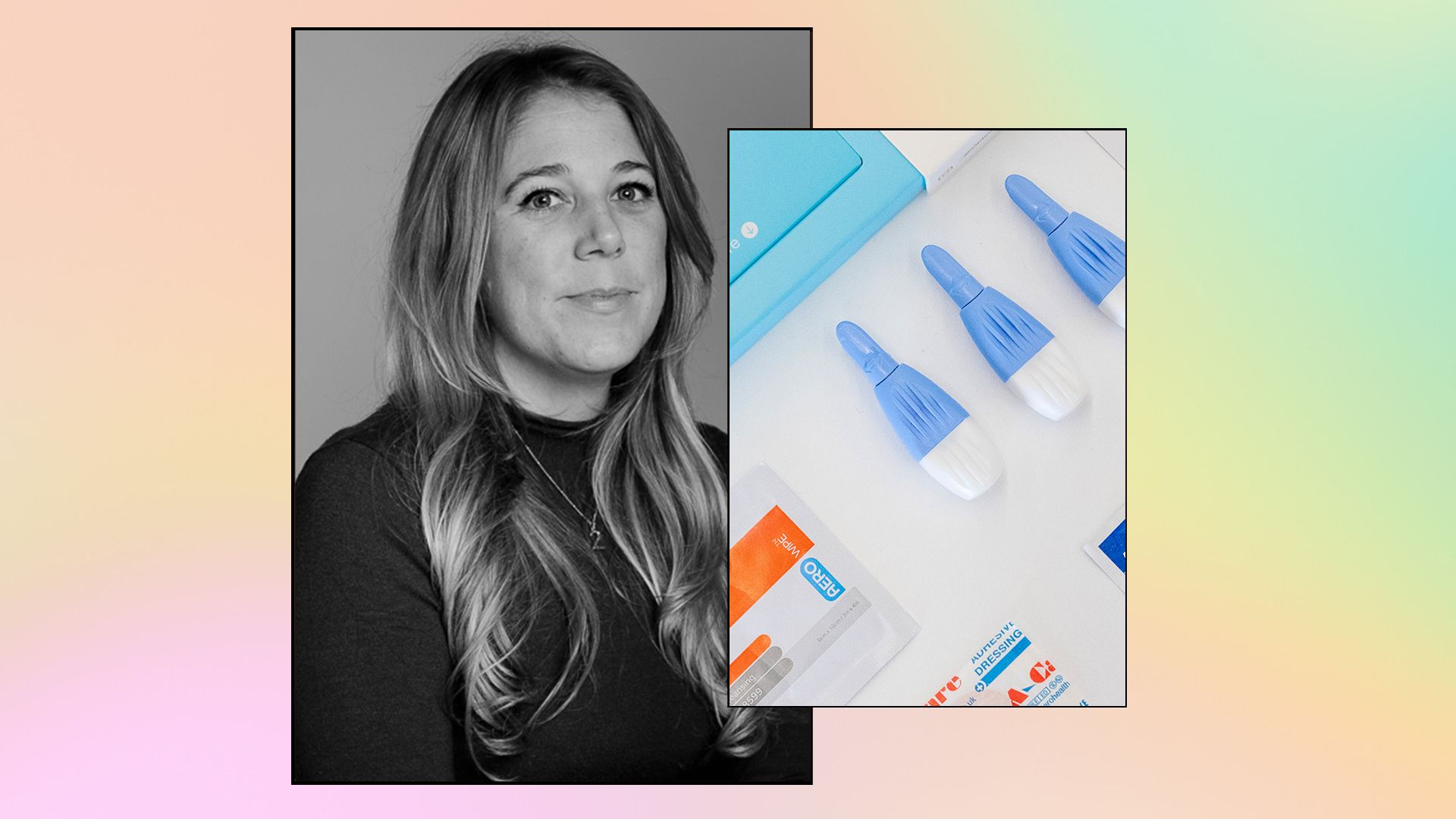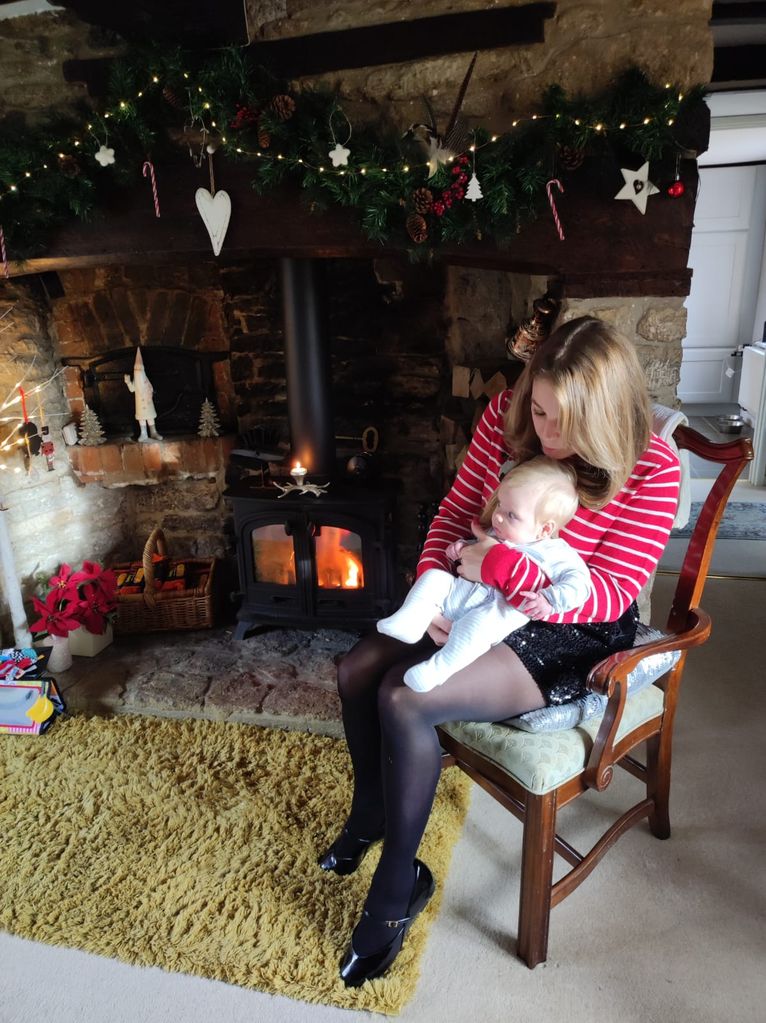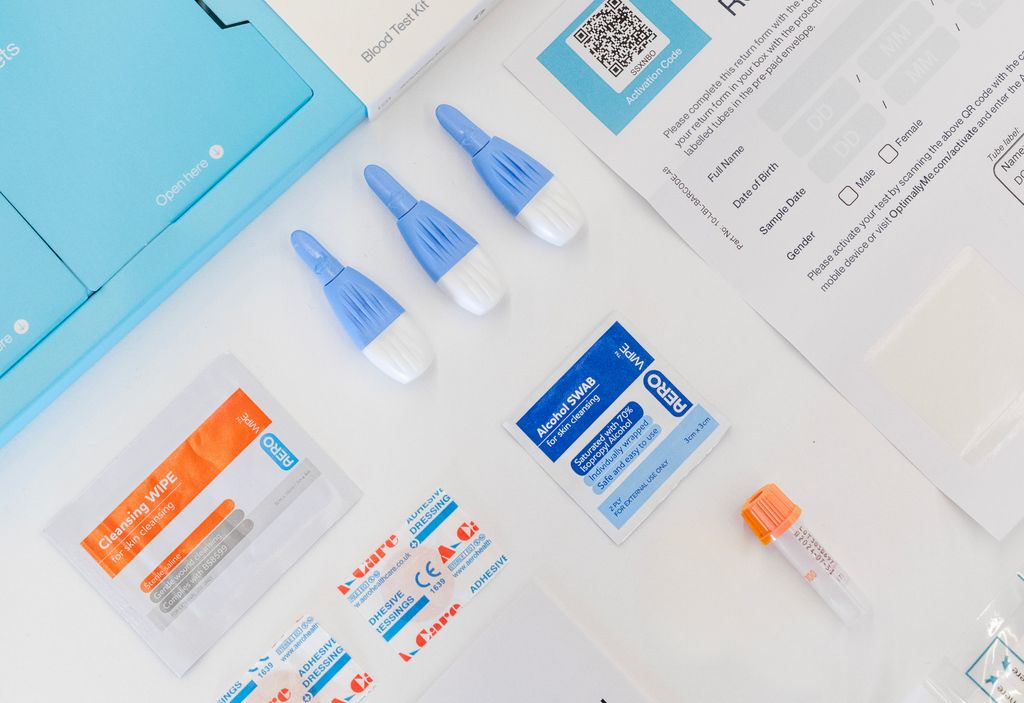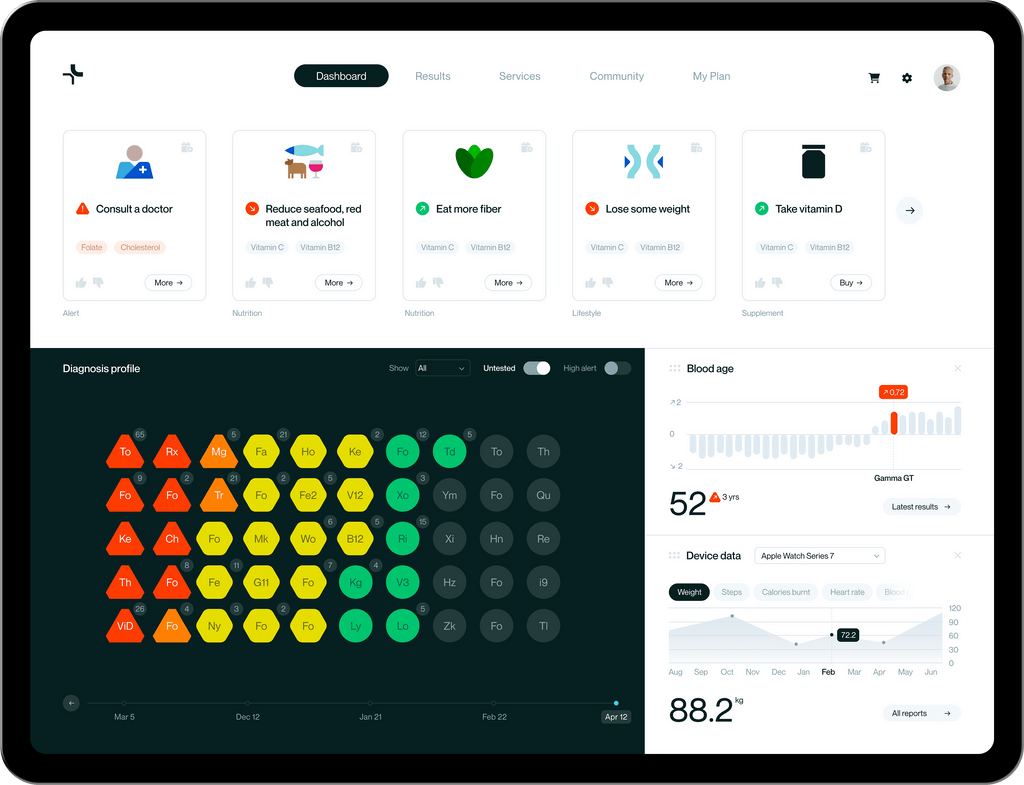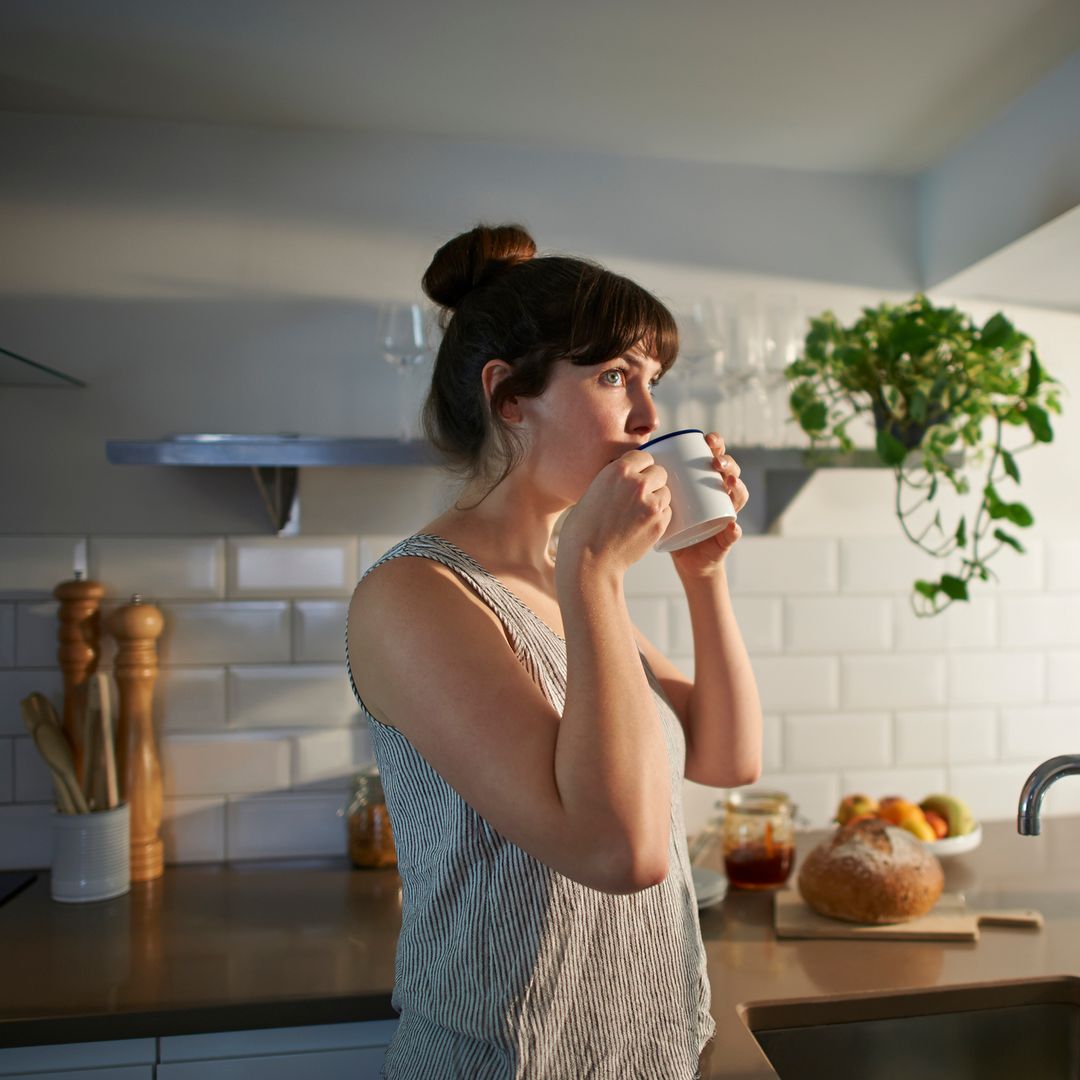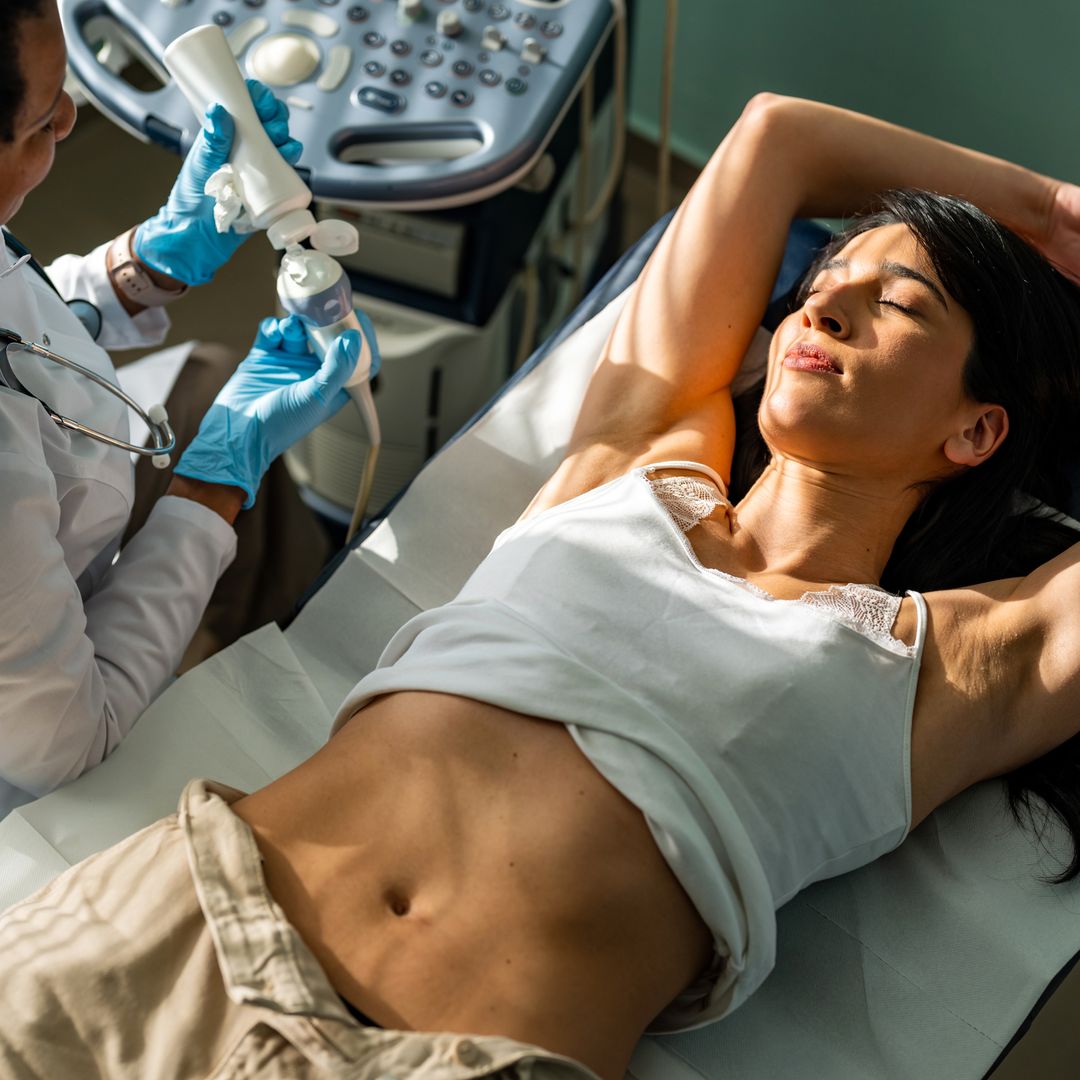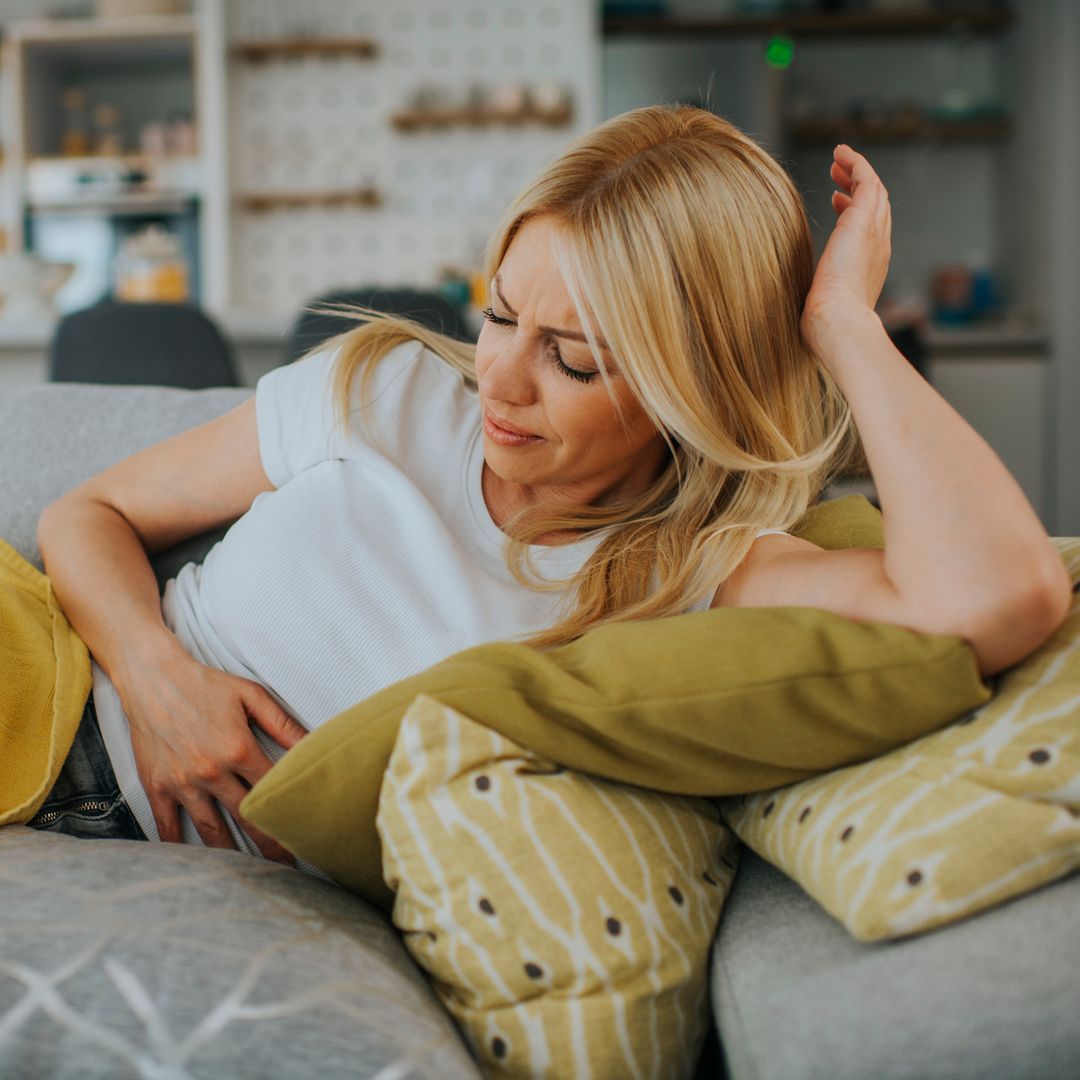Last summer, my best friend had a baby and it was love at first sight. Despite never having wanted a baby, and spending the last 18 years actively trying not to have one, holding her bundle of joy and the rush of love I felt for him did make me wonder about my own fertility.
I'm 34 and having a baby is not on my radar - and I'm not alone, with new research from Bumble showing that 21% of people in the UK see children as a traditional expectation that they don't necessarily connect with or would choose for themselves.
Despite being unsure whether there's a baby in my future, I figured it couldn't hurt to know how my fertility is looking, so I decided to do an at home fertility test with OptimallyMe.
Ahead of taking the test, I wondered if knowing my fertility levels would make me rethink my stance on trying for a baby – would knowing I had low levels encourage me to think about trying, or would finding out I was in a good place fertility-wise reassure me there's no rush to even consider starting a family?
What does a fertility test check?
The OptimallyMe test measures the four hormones that play a role in fertility, to give you a picture of your overall fertility health.
Follicle-Stimulating Hormone (FSH) is a hormone that plays a key role in egg production and ovulation in women.
Luteinizing Hormone (LH) is a hormone that works together with FSH, and is responsible for reproduction. In women, it helps in regulating the menstrual cycle and ovulation.
Anti-Mullerian Hormone (AMH) is a protein hormone that is produced by the cells in the ovarian follicles. It plays an important role in the development of the female reproductive system and helps regulate the growth and development of ovarian follicles during a woman’s reproductive life, As a biomarker, it is used to check ovarian reserve, which refers to the number and quality of a woman’s remaining eggs, and also it can give an indication of woman’s fertility.
Oestradiol measures the level of oestrogen in the blood. The results determine the overall hormonal balance in the body. It is the main female sex hormone, and disbalance can indicate endometriosis, PCOS, infertility, or menopause.
READ: I wish I'd known how much my relationship would change after having a baby
What happened when I tested my fertility?
The fertility test came in a discreet box, with a vial to collect your blood in and three lancets to prick your finger for the blood sample - the lancets are the little blue things pictured below.
I was nervous about taking my own blood (which I did first thing in the morning, as you need to avoid eating for eight hours ahead of the test), but the lancet made pricking my own finger easy – though I had to use all three lancets on three different fingers to get the required amount of blood.
I found my ring finger gave the best sample, with my index and middle finger fairly useless at producing droplets. It wasn't painful and nor was it scary when it came to the pricking.
RELATED: Nobody told me motherhood would bring so much darkness and joy simultaneously
Blood harvested, you send it in the post and my fertility results came back the following day.
The test is super simple, though you do need to set aside half an hour to get it all in order and read the instructions.
READ: Why do I have to 'dress like a mum' just because I'm pregnant?
My fertility results
I was apprehensive about discovering my results, worried I'd be sent into panic mode if it said my levels were low.
The results appear on an easy-to-understand dashboard, with mine showing that my hormone levels were all good, except for my Luteinizing Hormone (LH) which was low. Cue several hours of Googling to find out exactly what this meant.
I needn't have consulted doctor Google, because the following day I had a follow-up call with a health coach from OptimallyMe.
She explained that LH fluctuates throughout the month, depending on where you are in your cycle, so while having low levels can be cause for concern, they could be fine depending on when during the month I tested.
I was advised for a more accurate reading, I should track my period for three months and take the test at a point 24-48 hours before the day of ovulation for an accurate reading.
This is certainly helpful advice, and something I wish I'd known before taking the test as it would have saved a lot of fretting.
Did my fertility test make me rethink having children?
I did wonder if testing my fertility would send me into a tailspin, questioning all my life choices – and who knows, if it had come back with worrying levels, maybe I would be in a different place.
But the truth is, despite my low levels of LH, I'm not concerned about my fertility. That said, if and when the time comes that I decide I do want to have children, I would definitely take another at-home fertility test, so as instructed, I've started tracking my cycle to know when to take the test.
Find out more about OptimallyMe's at home tests.
